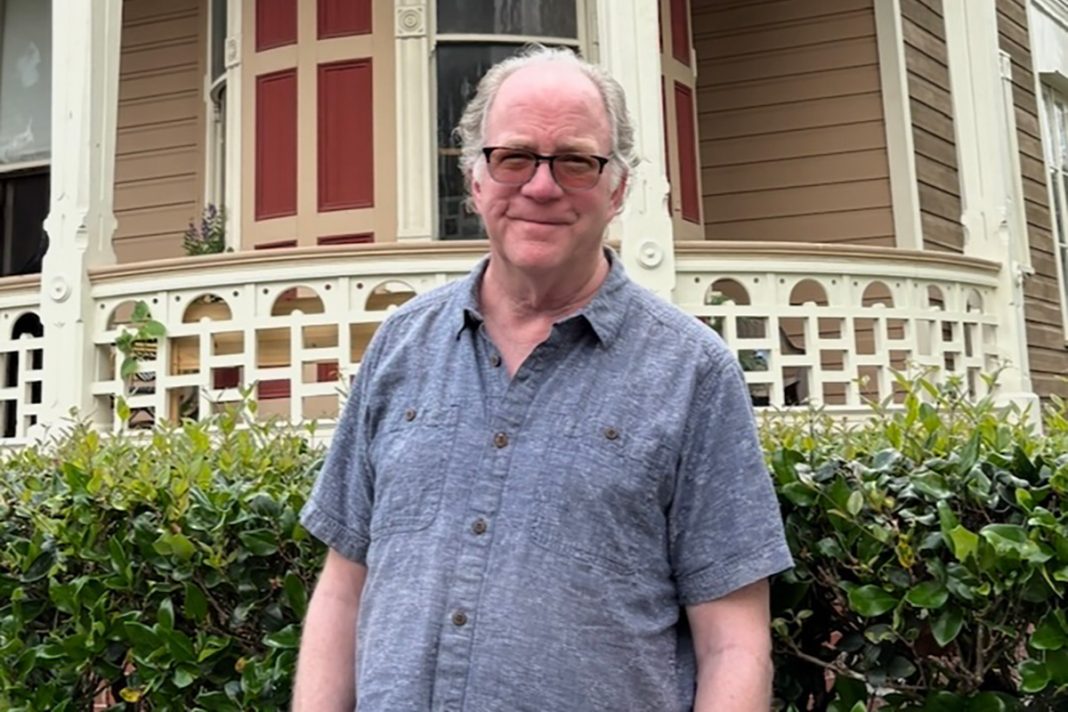Why Growth Matters
Indianapolis has grown steadily for decades. The metro area now has more than 2 million people. That makes it the 33rd largest in the United States. Growth brings jobs, more housing, and new businesses. Between 2010 and 2020, Marion County gained nearly 100,000 residents. More people means more demand for housing, schools, and infrastructure.
Growth also brings pressure. Neighborhoods change fast. Long-time residents can be priced out. Historic sites risk demolition. A city has to keep up, but it can’t lose its soul in the process.
Why Preservation Matters
Indianapolis has a rich history. Old neighborhoods like Lockerbie Square and Woodruff Place give the city character. Union Station, once the first union station in the country, still stands as a symbol of preservation. When these places disappear, the city loses part of its identity.
Preservation is also good business. Studies show that historic districts hold property values more steadily. They attract tourism and bring in local investment. The National Trust for Historic Preservation found that areas with preserved buildings often have more small businesses and lower vacancy rates.
Lessons From Experience
Listening Before Acting
Cornelius Alig has spent years working on development projects in Indianapolis. He recalls a meeting about a downtown project where preservation groups and developers were on opposite sides. “One group wanted a parking garage. The other wanted to save a historic façade. Neither wanted to compromise,” he said. The turning point came when they walked the block together. Seeing the space changed the tone. The garage got built, but the façade stayed. “It wasn’t perfect for either side, but it worked for both,” Alig added.
Taking Risks in Leadership
When Alig accepted the Vice Chairman role for the Regional 2020 Plan, he was stepping into unknown territory. “I was nervous about the scale,” he admitted. “The plan wasn’t about one corner or one building. It was about an entire region.” That role showed him the value of saying yes even when the path isn’t clear. The result was a strategy that looked decades ahead while still addressing near-term needs like transit and housing.
Respecting the Small Details
Preservation work often comes down to small touches. During the Governor’s Residence project, Alig remembered a craftsman spending weeks on a single stretch of wood trim. “He said it would outlast all of us if he did it right,” Alig shared. That detail, invisible to most, showed the care that preservation demands. Growth tends to look big, but preservation is usually about the details.
Challenges Facing Indianapolis
Affordable Housing
Rising demand for housing has created pressure. Reports from the Indiana Housing and Community Development Authority show that more than 40% of renters in Marion County spend over 30% of their income on housing. Growth without affordability creates instability.
Infrastructure Needs
Indianapolis is spread out. Decades of car-centered planning left gaps in transit. Growth will only increase traffic and strain utilities. Expanding infrastructure is expensive and time-consuming.
Preserving Neighborhood Identity
Areas like Fountain Square have transformed. New businesses and restaurants draw crowds, but long-time residents often feel left out. Balancing new energy with old roots is not simple.
Solutions That Work
Mixed-Use Development
Projects that combine housing, retail, and public space can meet multiple needs. They create density while keeping neighborhoods walkable. This reduces pressure on single-family housing stock.
Incentives for Preservation
Tax credits, grants, and zoning incentives can make preservation financially attractive. Developers are more likely to save a building if they see a clear benefit.
Community-Led Planning
Neighborhood associations can help set priorities. When residents are included early, projects face less resistance later. Walking tours, open houses, and design charrettes help people see what’s possible.
Affordable Housing Policies
Inclusionary zoning can require new developments to set aside affordable units. Public-private partnerships can expand the supply of low-cost housing. These measures help cities grow without displacing residents.
Transit Investment
Expanding bus rapid transit and bike lanes creates options. Growth spreads out, but transit connects people back to the core. Better mobility supports both new developments and historic districts.
Recommendations for Residents and Leaders
For Residents
- Attend zoning and planning meetings in your neighborhood.
- Support local businesses in historic districts.
- Volunteer with preservation groups like Indiana Landmarks.
- Share stories about your neighborhood’s history so it’s not forgotten.
For Leaders
- Balance tax incentives between new construction and preservation.
- Create clear guidelines that protect historic areas while allowing flexible growth.
- Fund infrastructure upgrades before approving large new developments.
- Encourage collaboration between developers, preservationists, and residents.
Looking Ahead
Indianapolis is still growing. The city has opportunities to expand housing, attract jobs, and build infrastructure. But each choice comes with trade-offs. Growth without preservation erases history. Preservation without growth can stall progress.
The lesson is balance. Cities need both. Indianapolis has learned this through trial and error. Projects that blend old and new create stronger neighborhoods. Leaders, developers, and residents all have a role.
As Alig puts it: “A city can’t be frozen in time. But it can grow in a way that honors what came before. That’s where the real work—and the real reward—lies.”








